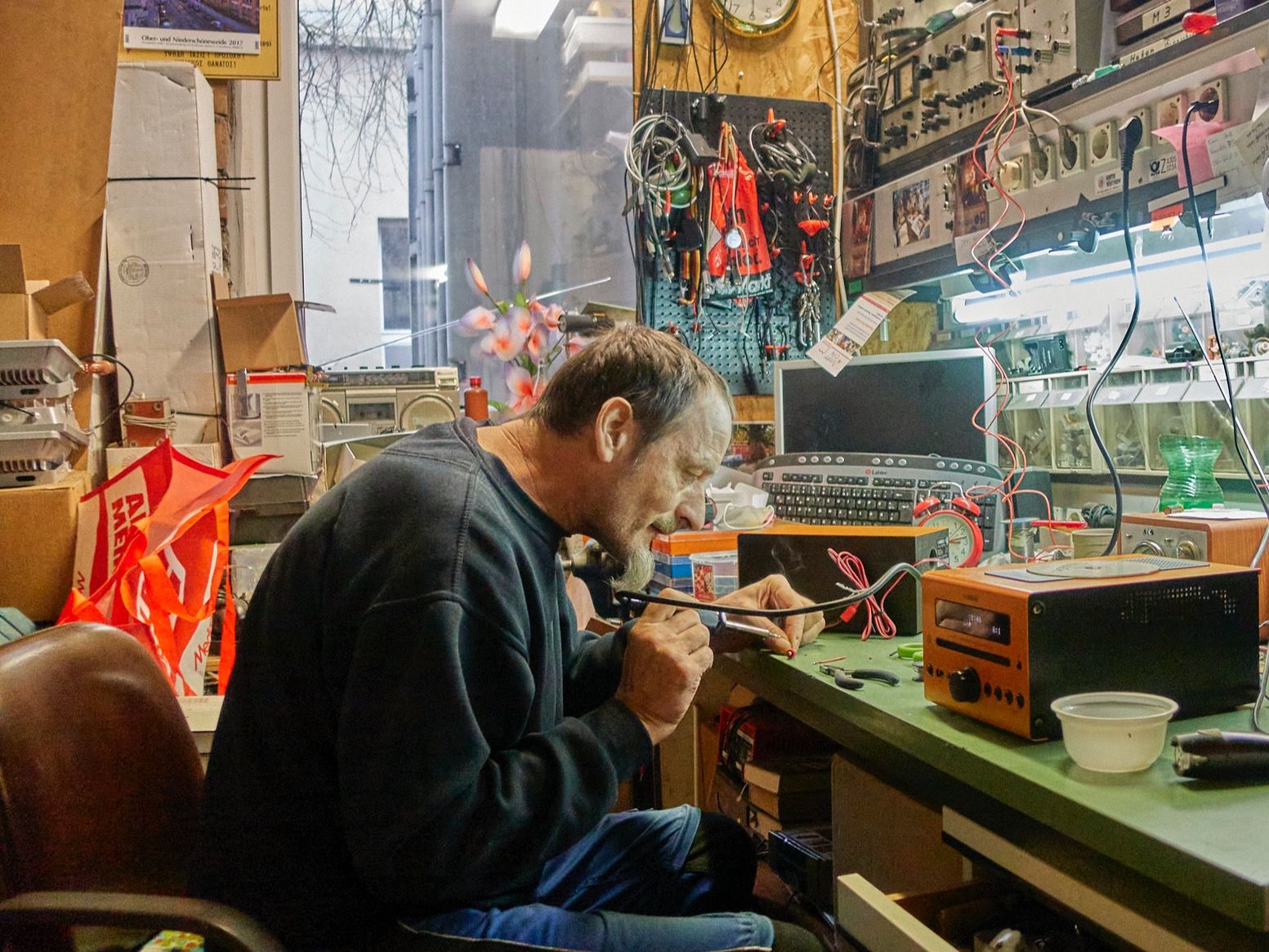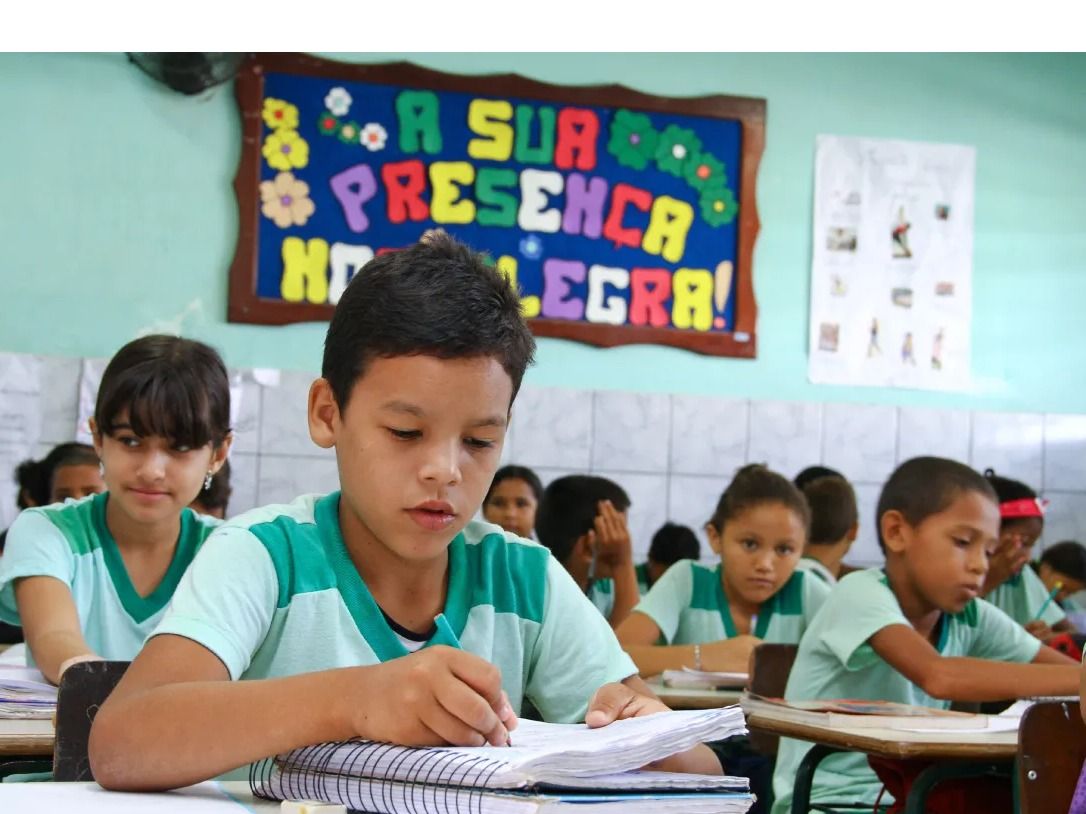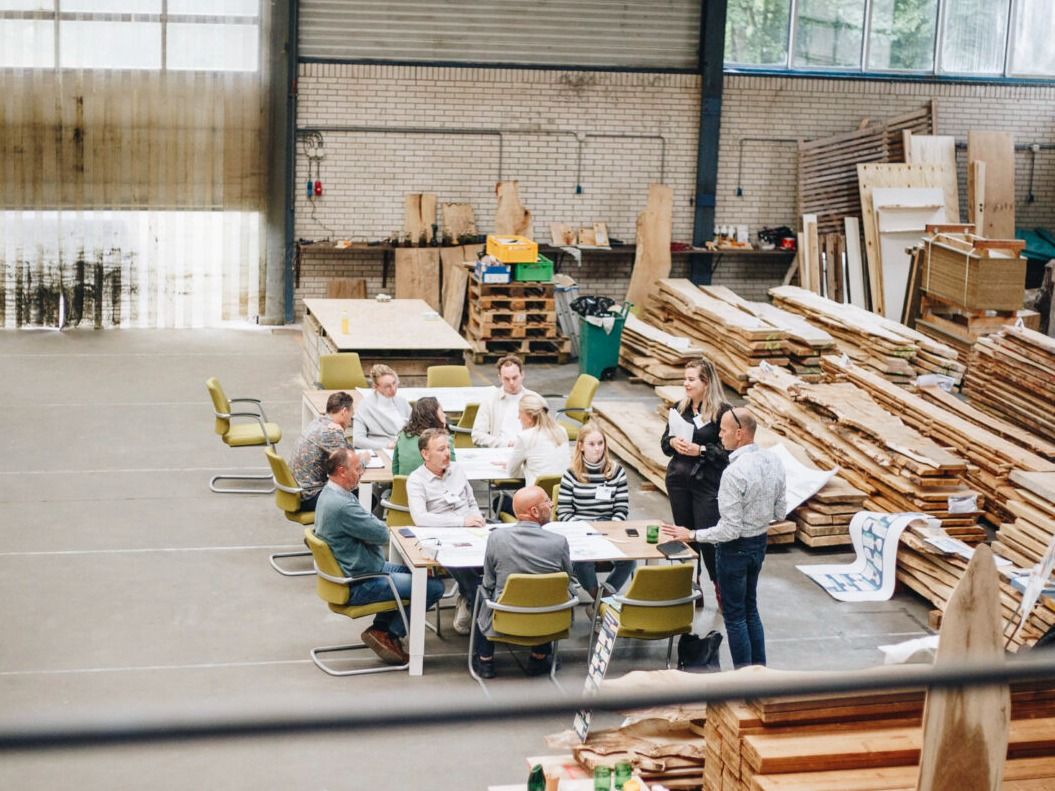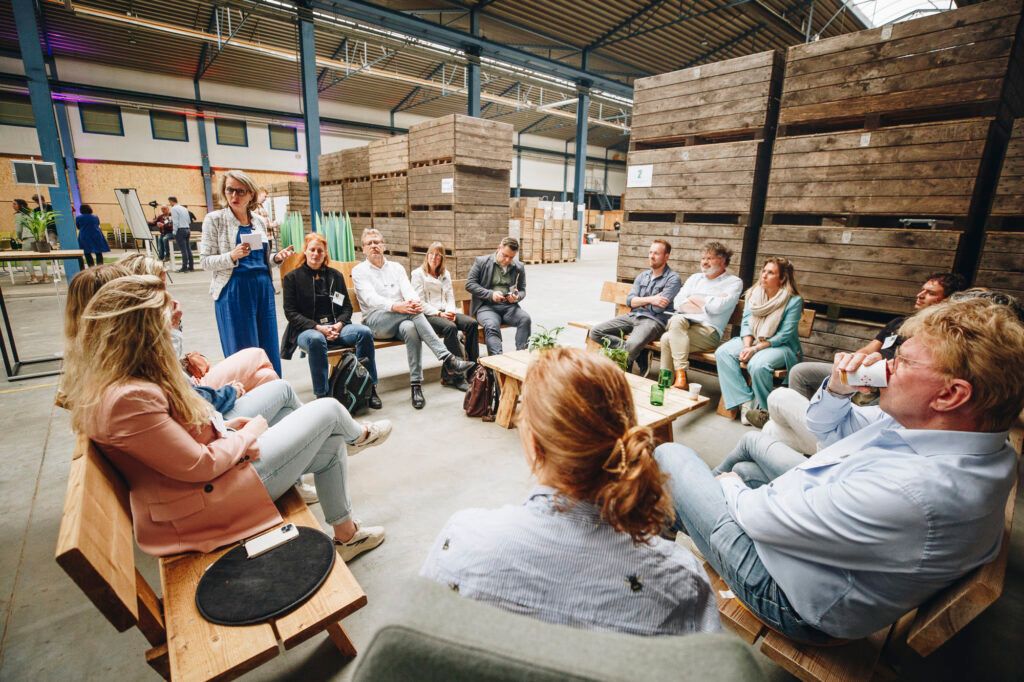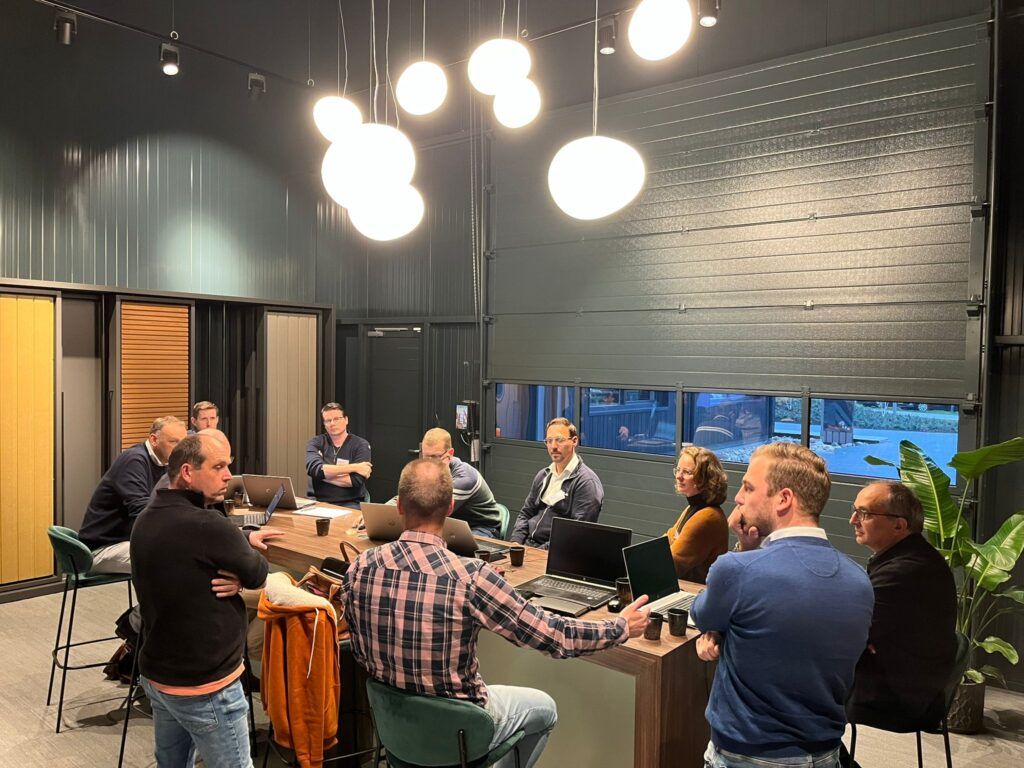
Brazil


Recommendations
Who?
National policymakers, industry associations
What?
Brazil has taken initial steps towards developing a circular economy policy framework. Although Brazil has adopted its National Circular Economy Strategy (ENEC), it lacks clearly defined targets, timelines, and sector-specific implementation pathways. Circular and sustainability policies face resource constraints, while broader enabling policies—such as those for land use, agriculture, water, and industry—often operate with limited integration and lack explicit links to circular goals. Furthermore, Brazil’s regional diversity requires using local knowledge to adapt circular economy policies to specific contexts and needs. To address this, Brazil should establish nationally aligned, locally tailored circular economy strategies by embedding circularity into key policies, strengthening cross-sector governance, and empowering regional participation through long-term, inclusive planning and capacity building.
How?
- Work with regional and municipal governments to design initiatives that reflect local realities and citizen priorities, particularly for infrastructure like waste systems that must account for informality.
- Collaboratively establish mechanisms for regional participation and co-creation to ensure inclusive, equitable circular transitions. Embed long-term objectives and stakeholder engagement in regional strategies to enhance policy resilience.
- Improve policy efforts by setting nationally coordinated circular economy goals with clear implementation pathways and cross-sectoral alignment. Develop a comprehensive national roadmap outlining timelines, sector responsibilities, and transparent monitoring, informed by best practices like Colombia’s Circular Economy Strategy.
- Integrate circular principles into key existing policies across agriculture, forestry, water, and energy sectors—including the Forest Code, PPCDAm, Plano Safra, National Water Resources Policy, PNEf, Fuels of the Future Programme—to help foster alignment and collaboration across ministries and government levels.
- Leverage cross-sector platforms such as Nova Indústria and the National Ecological Transformation Plan to embed circular economy ambitions into broader economic and industrial planning.
- Invest in capacity building within government to equip public officials with the expertise and tools needed for circular economy implementation. Establish permanent governance structures—such as interministerial task forces or circular economy councils—that can provide sustained coordination, policy continuity, and leadership beyond electoral cycles.
- Advance Brazil’s circular policy landscape by evolving from initial frameworks to fully integrated, well-funded, and cross-cutting governance systems capable of driving a resilient circular transition.
Who?
National and local policymakers, educational institutions, labour unions, businesses, public sector partners, investors
What?
With only 5.2% of Brazil’s 94 million jobs classified as circular—concentrated in urban southern regions and mainly in mobility and vehicle repair—sectors like agriculture and construction face significant gaps due to low circular job shares, high informality (up to 74% and 56%, respectively), and limited access to training. To help address these disparities, Brazil should invest in regionally tailored circular economy education and workforce strategies that integrate circular principles into general education, formalise informal work, and expand vocational training and relocation support through public-private partnerships, with targeted efforts for underserved regions and sectors.
How?
- Integrate circular economy concepts into general education and expand the National Climate Curriculum to build foundational skills and environmental literacy early on, addressing gaps created by 6% adult illiteracy and 40% lacking primary education.
- Scale up informal worker integration models, such as catadores cooperatives, by strengthening public-private partnerships and mobilising business-led workforce transition programmes to formalise jobs and expand circular employment pathways.
- Deploy targeted vocational training, financial incentives, accessible toolkits to reskill businesses and vulnerable workers, aligning programmes with regional and sectoral needs to ensure an inclusive circular workforce.
- Invest in initiatives such as Supplier Development Programmes and local training hubs to incentivise participation, strengthen regional capacity, and foster collaboration across stakeholders throughout various levels of the value chain.
Who?
Businesses, industry associations, investors, public sector partners, national policymakers
What?
With recycling at just 7.2% and a Circularity Metric of 1.3%, Brazil’s waste infrastructure remains underdeveloped. The National Solid Waste Policy (PNRS) provides a legal framework, including waste hierarchy, reverse logistics, municipal waste plans, and inclusion of informal waste pickers (catadores). However, recycling facilities—especially for C&DW—are insufficient, and Extended Producer Responsibility (EPR) schemes are still limited in scope and implementation. Brazil’s industrial and agricultural sectors are regionally clustered, making a shift to a regenerative circular bioeconomy important to help protect ecosystems and boost resilience. While agricultural policies show intent, rising emissions highlight the urgent need for wider adoption of circular, regenerative practices. To drive circularity, Brazil should build industrial clusters, adopt agroecological practices, upgrade waste and C&DW recycling infrastructure, and foster public-private partnerships to unlock material reuse and reduce reliance on virgin resources and non-renewable energy.
How?
- Foster collaboration within regional industrial clusters by linking agri-food processors with composting and bioenergy producers to exchange resources and by-products, reduce waste, and promote circular production.
- Strengthen sector-specific partnerships—particularly among agriculture, bioenergy, and construction—to accelerate the reuse of by-products, enhance secondary material flows, and reduce dependence on non-renewable energy sources.
- Expand and upgrade waste management systems by improving recycling facilities—especially for construction and demolition waste (C&DW)—and implementing Extended Producer Responsibility (EPR) schemes across key sectors such as packaging and construction.
- Promote high-value reuse and circular construction practices to reduce dependency on virgin materials and scale up C&DW recycling rates, while facilitating public-private partnerships to help mobilise investment and extend coverage in underserved and informal areas.
- Advance alternatives to synthetic fertilisers by scaling natural nutrient cycles and agroecological practices that enhance soil health and carbon sequestration.
- Align agricultural policies with circular principles by prioritising soil regeneration, reforestation, and closed-loop nutrient management, and encourage biofuel production from secondary biomass sources by investing in technology and infrastructure to convert residues like sugarcane bagasse into renewable energy.
The Circularity Gap Report is an initiative of Circle Economy, an impact organisation dedicated to accelerating the transition to the circular economy.
© 2008 - Present | RSIN 850278983
